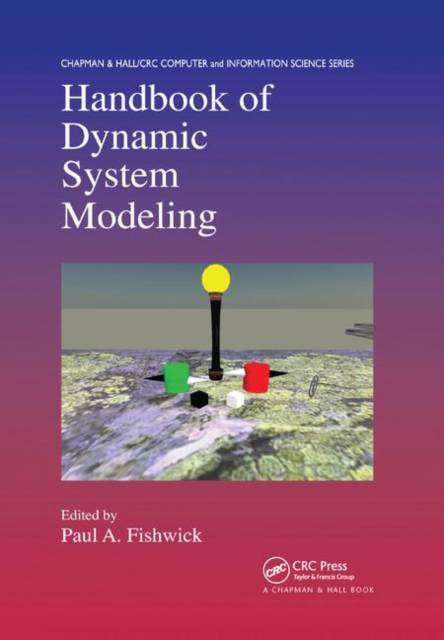
Je cadeautjes zeker op tijd in huis hebben voor de feestdagen? Kom langs in onze winkels en vind het perfecte geschenk!
- Afhalen na 1 uur in een winkel met voorraad
- Gratis thuislevering in België vanaf € 30
- Ruim aanbod met 7 miljoen producten
Je cadeautjes zeker op tijd in huis hebben voor de feestdagen? Kom langs in onze winkels en vind het perfecte geschenk!
- Afhalen na 1 uur in een winkel met voorraad
- Gratis thuislevering in België vanaf € 30
- Ruim aanbod met 7 miljoen producten
Zoeken
Handbook of Dynamic System Modeling
€ 129,95
+ 259 punten
Omschrijving
The topic of dynamic models tends to be splintered across various disciplines, making it difficult to uniformly study the subject. Moreover, the models have a variety of representations, from traditional mathematical notations to diagrammatic and immersive depictions. Collecting all of these expressions of dynamic models, the Handbook of Dynamic System Modeling explores a panoply of different types of modeling methods available for dynamical systems. Featuring an interdisciplinary, balanced approach, the handbook focuses on both generalized dynamic knowledge and specific models. It first introduces the general concepts, representations, and philosophy of dynamic models, followed by a section on modeling methodologies that explains how to portray designed models on a computer. After addressing scale, heterogeneity, and composition issues, the book covers specific model types that are often characterized by specific visual- or text-based grammars. It concludes with case studies that employ two well-known commercial packages to construct, simulate, and analyze dynamic models. A complete guide to the fundamentals, types, and applications of dynamic models, this handbook shows how systems function and are represented over time and space and illustrates how to select a particular model based on a specific area of interest.
Specificaties
Betrokkenen
- Uitgeverij:
Inhoud
- Aantal bladzijden:
- 760
- Taal:
- Engels
- Reeks:
Eigenschappen
- Productcode (EAN):
- 9780367389048
- Verschijningsdatum:
- 2/10/2019
- Uitvoering:
- Paperback
- Formaat:
- Trade paperback (VS)
- Afmetingen:
- 178 mm x 251 mm
- Gewicht:
- 1270 g

Alleen bij Standaard Boekhandel
+ 259 punten op je klantenkaart van Standaard Boekhandel
Beoordelingen
We publiceren alleen reviews die voldoen aan de voorwaarden voor reviews. Bekijk onze voorwaarden voor reviews.








